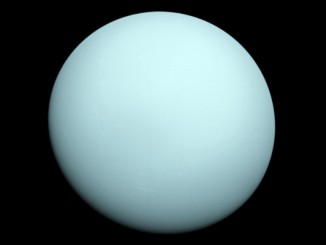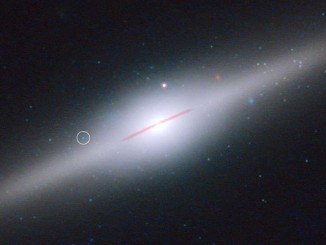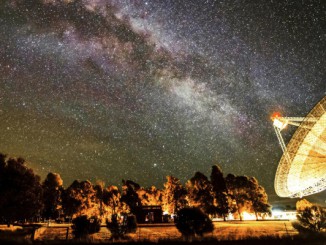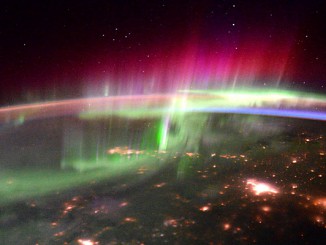
Month: January 2016


Thirtieth anniversary of Voyager 2’s encounter with Uranus
Humanity has visited Uranus only once, and that was exactly 30 years ago. NASA’s Voyager 2 spacecraft got its closest look at the mysterious, distant, gaseous planet on 24 January 1986. The probe sent back stunning images of the coldest planet known in our solar system and its moons during the flyby, which allowed for about 5½ hours of close study.

Join Brian May for a Stereoscopic Adventure in Space
Dr Brian May will bring a new dimension to the conference programme at European AstroFest this year when he takes the audience on a stereoscopic adventure into space. Using cutting-edge 3D projection technology, Brian will explain how stereo photography has been used to capture the wonders of the Universe, from Victorian-era images of the Moon to present day space probes exploring the far-flung regions of our Solar System.

Volunteer programmers help astronomers find mysterious black holes
An international team of astronomers led by Ivan Zolotukhin from Lomonosov Moscow State University is close to understanding one of the most important mysteries of modern astronomy — so-called intermediate-mass black holes. The researchers acknowledge the invaluable assistance of volunteer Russian computer programmers in the search.

Ancient star provides insight into stellar origins in early universe
A team of researchers has observed the brightest, ultra metal-poor star ever discovered. (To astronomers, metals are elements heavier than hydrogen and helium.) The star is therefore a rare relic from the Milky Way’s formative years. As such, it offers astronomers a precious opportunity to explore the origin of the first stars that sprung to life within our galaxy.

Noodle-shaped plasma lenses may lurk in the Milky Way
According to a team of astronomers led by Dr. Keith Bannister of CSIRO Astronomy and Space Science Division in Australia, invisible noodle- or shell-shaped plasma structures could be floating around in the Milky Way. These structures, which focus and defocus radio waves from distant sources such as quasars, could radically change our ideas about the Galaxy’s interstellar gas.

Are aliens silent because they are all extinct?
Life on other planets would likely be brief and become extinct very quickly, say astrobiologists from The Australian National University (ANU). In research aiming to understand how life might develop, the scientists realised new life would commonly die out due to runaway heating or cooling on their fledgling planets.

Hubble captures star cluster’s dazzling diamonds
Some of the Milky Way’s “celebrity stars” — opulent, attention-getting, and short-lived — can be found in this Hubble Space Telescope image of the glittering star cluster called Trumpler 14. It is only 500,000 years old, has one of the highest concentrations of massive, luminous stars in the entire Galaxy and is located 8,000 light-years away in the Carina Nebula.

Tim Peake’s aurora photography masterclass
NASA astronaut Scott Kelly and ESA astronaut Tim Peake shared a series of aurora photographs taken from the International Space Station on 20 January 2016. The dancing lights of the aurora provide spectacular views on the ground, but also capture the imagination of scientists who study incoming energy and particles from the Sun.

See all five naked-eye planets gathered in the morning sky
All five of the bright naked-eye planets are observable in the pre-dawn sky from about the third week of January 2016, particularly if one lives south of the equator. But even from the UK, you can get to view the spectacle if you time it right — and the weather obliges! The last time that Mercury, Venus, Mars, Jupiter and Saturn appeared in the same sky was 11 years ago.
